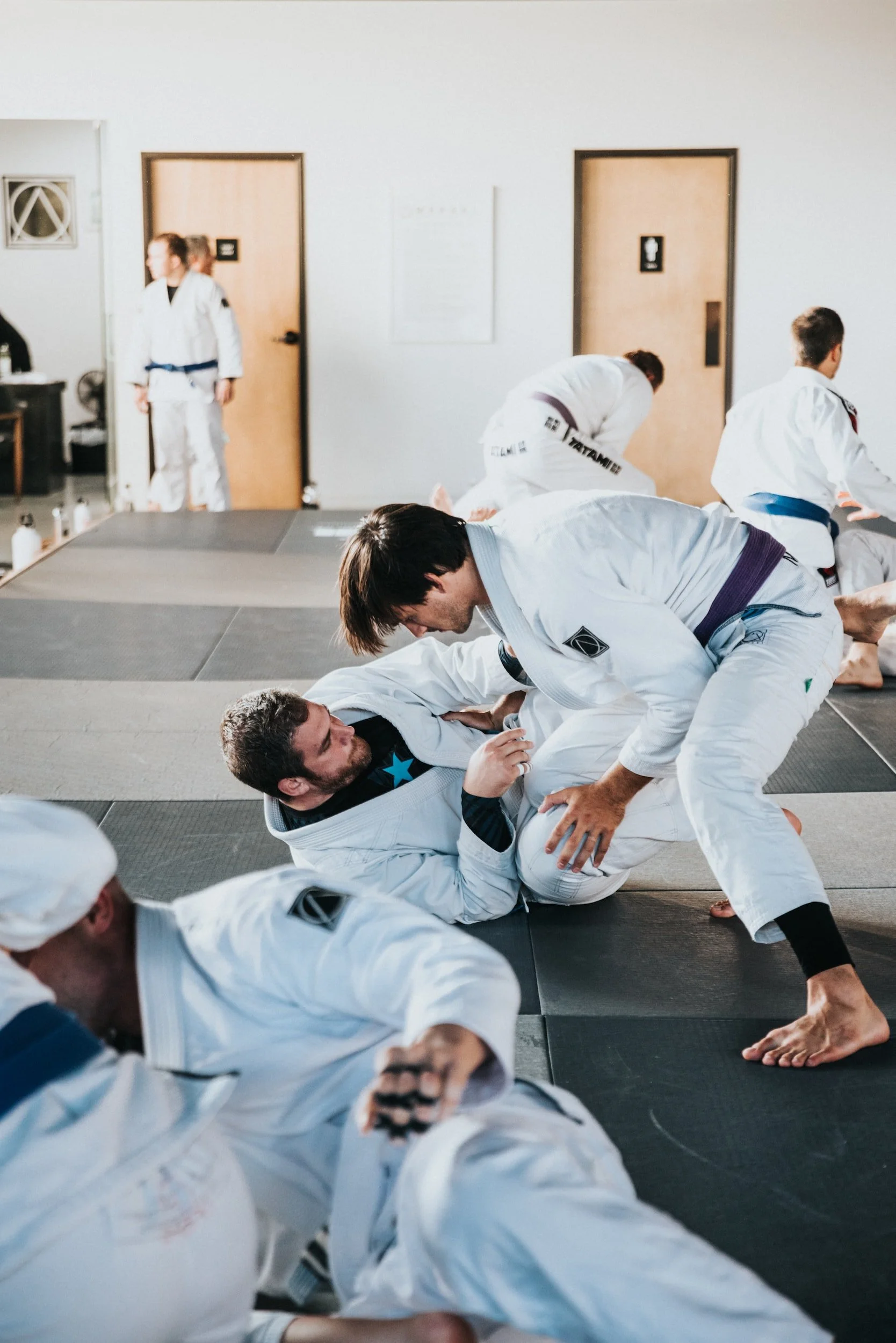
The Power of Body Language in Threatening Situations
Body language plays a crucial role in human communication, especially in threatening situations.
Non-verbal cues can be more powerful and effective than words in conveying messages and influencing perceptions. Understanding and harnessing the power of body language can be a valuable tool in managing and defusing potentially dangerous encounters.
Let’s look at the importance of body language in threatening situations, and how to use it to your advantage.
Recognising Signs of Aggression
The first step in using body language to your advantage is recognising signs of aggression in others. Some common indicators include:
Clenched fists or teeth
Tense posture
Staring or glaring
Puffing out the chest or raising the chin
Invading personal space
By identifying these signs, you can assess the situation and respond accordingly.
Displaying Confidence
Displaying confidence through body language can help defuse tension and discourage potential aggressors. When faced with a threatening situation, it's important to maintain a calm and assertive demeanour. Some ways to project confidence include:
Standing tall with shoulders back
Maintaining eye contact (without staring)
Speaking calmly and clearly
Keeping your hands visible and relaxed
Showing confidence can make you appear less vulnerable and more in control, making it less likely that the aggressor will escalate the situation.
Creating Distance
In a threatening situation, it's crucial to create distance between yourself and the potential aggressor. This can help to de-escalate tension and provide a safe space to assess the situation. You can achieve this by:
Stepping back or to the side
Keeping an object, like a table or chair, between you and the other person
Avoiding sudden or aggressive movements
By maintaining a safe distance, you reduce the likelihood of physical harm and create an opportunity for escape or intervention.
Mirroring and Rapport Building
Mirroring refers to subtly imitating the body language of the person you're interacting with, which can create a sense of rapport and understanding. In a threatening situation, establishing rapport can help calm the aggressor and potentially prevent violence. To mirror effectively, you can:
Match their tone and volume (without aggression)
Adopt a similar posture or stance
Nod in agreement or understanding
Remember that the goal is not to escalate the situation, but to create a connection that can help de-escalate it.
Non-Verbal De-escalation Techniques
De-escalation is crucial in managing threatening situations. Non-verbal cues can help to defuse tension and reduce the risk of violence. Some effective non-verbal de-escalation techniques include:
Palms up: This gesture signals that you are not a threat and are open to communication.
Nodding: Nodding shows that you are listening and understanding, which can help to build rapport and reduce tension.
Slow, deep breaths: Taking slow, deep breaths can help you stay calm and composed, signalling to the aggressor that you are in control.
Conclusion
Understanding the power of body language in threatening situations is vital for personal safety and conflict resolution. By recognising signs of aggression, displaying confidence, creating distance, building rapport, and utilising non-verbal de-escalation techniques, you can effectively manage and potentially defuse dangerous encounters. As with any skill, practice and awareness are key in mastering the use of body language for personal safety.
Stay safe peeps.
Learn How To Defend Yourself.
Martial Arts is a great way to learn how to defend yourself in threatening and physical situations. Picture of some guys tumbling around the floor.
